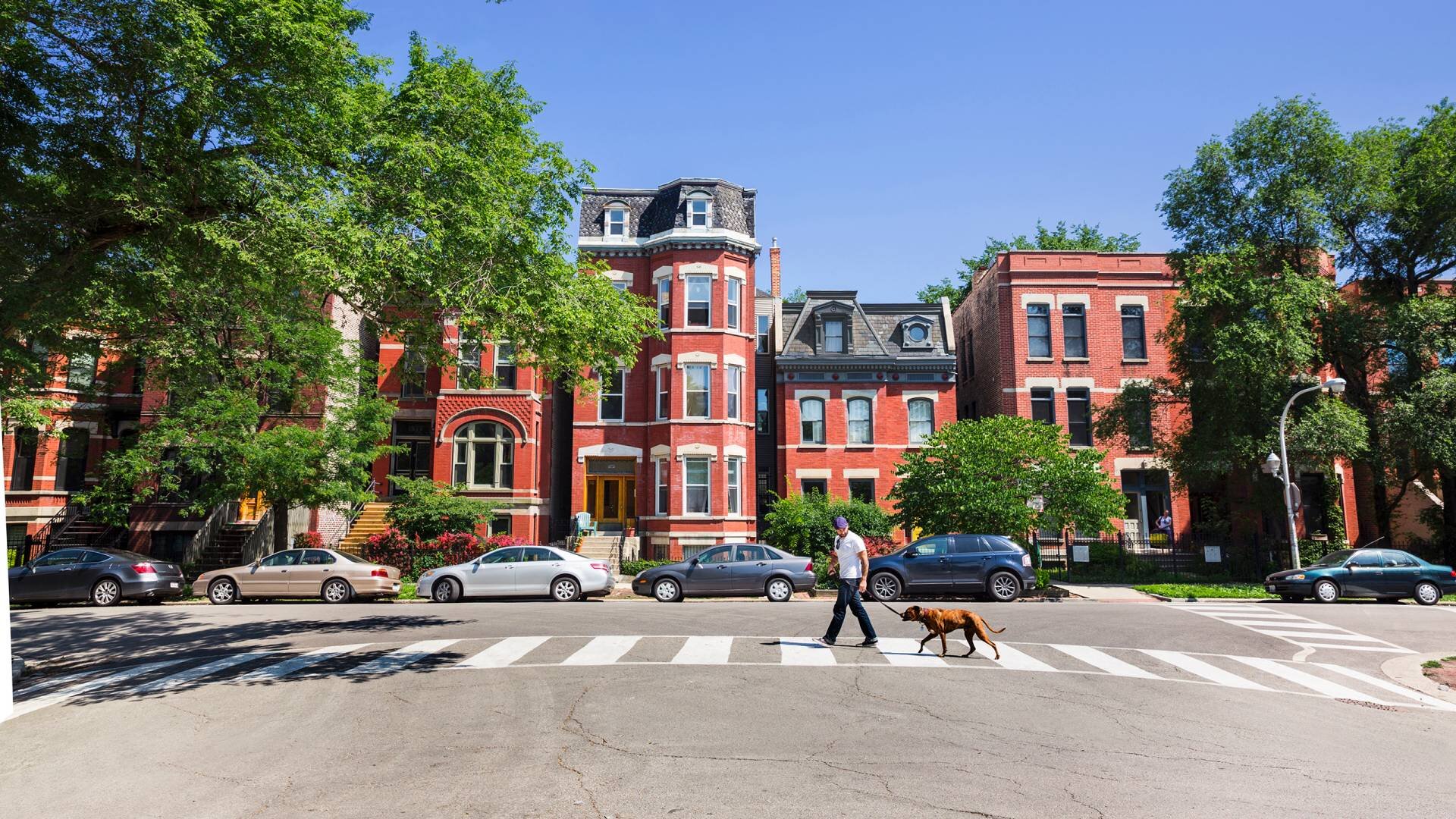
Community-centered research: meeting challenges together
Too often “authoritative” research from universities or government agencies ignores the on-the-ground needs and granular knowledge of community organizations.
In those circumstances, communities are under the microscope rather than in the conversation. This false separation not only creates an unhealthy distance between researchers and residents, it makes it more difficult to actually understand what is going on, and how existing resources can be used to meet collective challenges. We look forward in building a relationship and finding ways we can help each other and the communities we share.
Our work with you:
Step 1: Understanding your challenges.
We approach every potential partnership with fresh eyes and a relational approach that helps us understand what you’re driven by and helps you understand who we are. During an initial consultation, we seek to understand your mission, the context in which you’re operating, and the challenge(s) you face that brought us together. This conversation will center around your needs and might look like a brainstorming session. Hopefully, we converge on an area of potential collaboration in which our skills match your needs. Sometimes we find just taking the time to have the conversation prompts the client to realize they had an answer in their mind all along, but it was swamped by all the urgency of day-to-day problem solving. That counts as a win, too!
Step 2: Developing a partnership plan.
If the initial consultation feels like a good fit, we will meet with your leadership, implementation team, or constituents to get a grasp of what kind of assist we can provide. These plans can look very different across organizations. Some of our go-to plans and specialties involve the following:
Custom Surveys: It is difficult to set a strategy without good information about the world. Our team of experienced, PhD-trained social scientists can provide you with the best empirical information available, through collection of a custom survey of your stakeholders, audiences, or the broader public. From survey composition, to collection, to analysis and presentation of results, we employ best practices to help you get the big picture.
Geographic Voting Rights Analysis: Recent rounds of redistricting have illustrated how eager some politicians are to choose their voters through gerrymandering rather than draw jurisdictional maps that allow for fair representation. We can help you evaluate current maps and use mapping best practices to assess whether a fair plan, consistent with the Voting Rights Act, is possible.
Program Evaluation: Especially in a grants-driven world, it is crucial to understand which activities contribute to your mission, and how they do it. We can develop rigorous strategies for objective evaluation based on sound scientific principles that can help more clearly demonstrate the value of your program, and how we'll you’re meeting your goals.
Background reports: Many community organizations know their immediate context extremely well but can’t dedicate lots of resources to zoom out and see the broader social, political, or policy context in which they operate. Our scholarly training makes this one of our strengths. If there is a Big Picture question you’ve been wondering about, we can do the reading and synthesis to connect the broader context to your specific challenges.
Political “We-education”: We’ve learned from our partners that the heat of day-to-day operations and response to current crises can crowd out the Big Picture. This “Fog of War” effect is common but also limiting: it can obscure the ultimate mission—and the strategies to pursue it—when our brainspace is taken up by tactical operations. To help revisit the big picture, we develop tailored presentations and seminar-style interactions for organization participants, staff, and constituents that can introduce cutting-edge research and new ideas to the organizational conversation. Think of it as mini-college for your team. These outside perspectives can provide a stimulating—but relevant—change of pace, and help generate new ideas for tactics in service of the mission.
Step 3: Implementing the plan. Then we do the work! This looks different for each partnership. Together, we’ll continually check in to see how well the plan we devised is working out, sharing what we’re learning along the way, and making adjustments where appropriate.
Step 4: Reconnecting for feedback and next steps.
After implementing the plan, we’ll get together to process what we’ve learned, what worked, and what didn’t. We’ll also look ahead to continuing our collaboration to address other challenges or meet other needs. Because we don’t “solve” community challenges and walk away—by working together continually, we build the relational infrastructure to meet the next challenges even more effectively.
